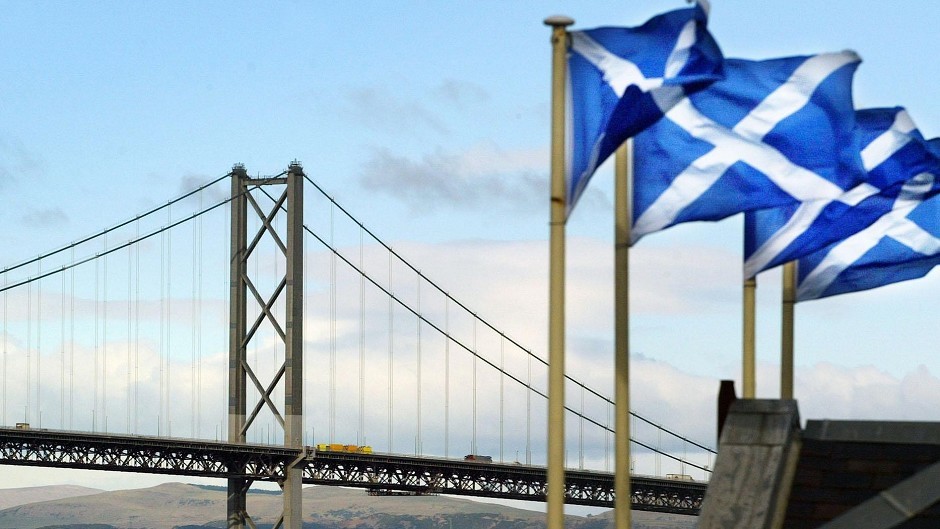One of the UK’s foremost constitutional experts has said more devolution will not stop the calls for independence.
Sir Kenneth Calman told peers yesterday the transfer of powers thus far had generated more demand, rather than satisfying it.
He was giving evidence to the House of Lords constitutional committee, which is holding an inquiry into the Union and devolution.
Sir Kenneth, who chaired the Calman Commission on Scottish devolution from 2008-09, said it was “quite clear” even then that things needed to go further.
He added: “Now things are very much further than that.
“With the current composition of the Scottish Parliament, it will not stop, it will continue.
“It will not stop until it’s something called independence.”
Sir Kenneth, who is chancellor of Glasgow University, also argued the case for the Union had not been well enough articulated.
He said the public’s “confused” understanding of the benefits of being in the UK needed to be increased.
“It’s still ‘them in Westminster’ instead of ‘Westminster is here to help you’,” he added.
“We need to show there’s something worthwhile.”
He advocated a forum for sharing best practice across the UK so something successful in Scotland or Wales could be tried in England, and vice versa.
The former chief medical officer agreed with cross-bench peer Lord Judge that a charter of union would be useful and should include what it means to be British.
And he hailed the referendum result as a springboard for a wider inquiry.
“The majority of people wanted to stay part of the Union,” he said. “I think that provides an opportunity for a group like this (the committee) to build on that.
“To say this is what the Union does for you … rather than saying that’s the referendum over now, there’s nothing left to talk about.”
